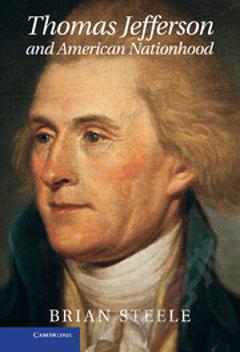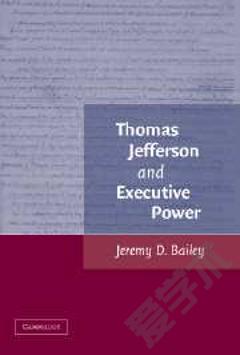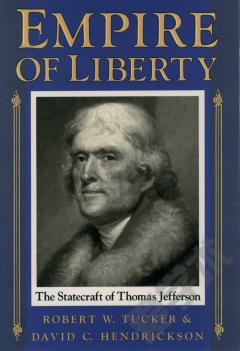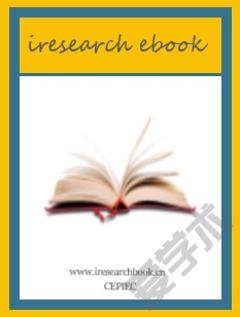Thomas Jefferson and the Wall of Separation Between Church and State
Thomas Jefferson and the Wall of Separation Between Church and State. By Daniel L. Dreisbach. (New York: New York University Press, 2002. Pp. 1,283. Appendices. Cloth, illustrated, $42.00.)Writing for the majority in the case of Everson v. Board of Education (1947), justice Hugo Black quoted from Thomas Jefferson's 1802 letter to the Danbury, Connecticut, Baptist Association, in which the third president wrote that the First Amendment to the U. S. Constitution had created "a wall of separation between Church & State." Furthermore, Black opined, "That wall must be kept high and impregnable. We could not approve the slightest breach" (4). Jefferson's "wall of separation," as cited by Black, became a defining metaphor over the ensuing decades in judicial decisions about the role of religion in public life.Daniel L. Dreisbach aims to correct what he regards as the misuse of Jefferson's metaphor by setting it in its historical context and scrutinizing its role in twentieth-century jurisprudence. he hopes thereby to create "a sourcebook for jurists and scholars" (6). This is important, he argues, because "the prevailing metaphors of a culture and those who successfully impose their metaphors on the culture, in many respects, define society's perceptions, beliefs, and even behaviors" (110). Thus, Thomas Jefferson and the Wall of Separation Between Church and State treats both the history of the early republic and that of the postwar era.Dreisbach's examination of the origins of Jefferson's famous phrase relies on an in-depth analysis of a series of events that took place during a five-day period surrounding January 1, 1802. On December 30, 1801, Jefferson received a letter from the Danbury Baptists in which they congratulated the president on his election and compared Connecticut's Congregational establishment unfavorably with their own Jeffersonian principles of religious liberty. Jefferson drafted his reply on January 1, but before sending it out, he asked for the feedback of two New Englanders in his cabinet, Postmaster General Gideon Granger and Attorney General Levi Lincoln. Following the latter's recommendation, Jefferson deleted that portion of the letter in which he had explained his constitutional scruples about proclaiming days of fasting or thanksgiving as president and then dispatched the revised text. The passage about a "wall of separation," however, remained in the final draft. Dreisbach provides transcripts of all this correspondence, including both drafts of Jefferson's reply. The same day, Jefferson also received from another New England Baptist, John Leland, the "mammoth cheese" (9) manufactured by the farmers of Cheshire, Massachusetts, as a large and odiferous token of their admiration for him. Two days later, on January 3, Jefferson attended a church service held in the House of Representatives, at which Leland preached. Dreisbach's point in recounting these events is to show that Jefferson's statement about "a wall of separation" was not some absolute and authoritative pronouncement, but rather the product of a specific, highly politicized context, in which Jefferson was seeking to curry favor with his allies among the New England dissenters and counter Federalist accusations of his purported religious infidelity.In addition, Dreisbach argues convincingly that federalism constituted a key aspect of Jefferson's reply to the Danbury Baptists. â¦
{{comment.content}}








 京公网安备 11010802027623号
京公网安备 11010802027623号